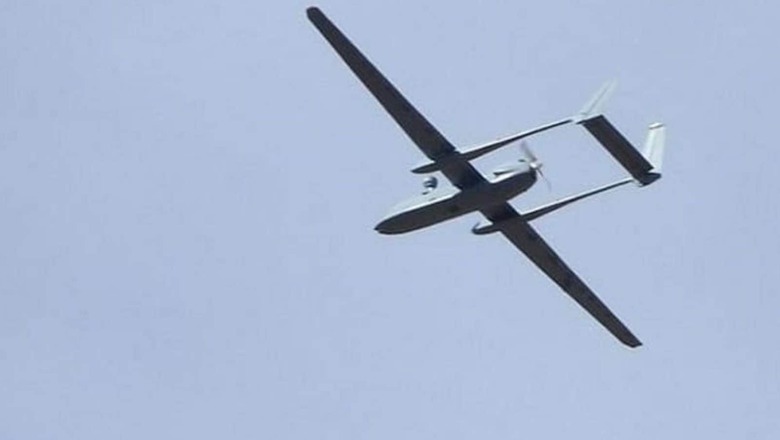
views
As the world moves forward and technology evolves, the threats that a country like India faces also shapeshift. In recent years, security agencies have repeatedly raised concerns about the growing use of drones particularly by terror groups and Pakistani elements to smuggle weapons, explosives, ammunition, and drugs across India’s western borders, as well as to spy on and target crucial installations.
Anti-drone systems are designed to counter-drone technologies and interfere with them in various ways and are used to detect and/or intercept unwanted drones and unmanned aerial vehicles (UAVs).
They are often deployed to protect areas such as airports, critical infrastructure, large public spaces such as stadiums, and military installations as well as battlefield sites.
There are various forms of anti-drone technology and systems available today, and there are several ways to classify them. Here’s one way, according to 911 security.com.
Audio detection: Drones emit a very specific sound. Devices exist that can listen for the very specific frequencies emitted by the whirring devices, and they work well up to a point. Within a calm, pastoral setting, these devices can detect an approaching drone with accuracy up to about 500 feet. A study conducted by Korean researchers and published in January 2017, tested these devices in a real-world, urban environment. When used in a noisier setting, audio detectors had more trouble accurately identifying the incoming drones.
RF technology: Drones operate using radio frequency to communicate with their operators. To keep the receiver and transmitted connected, they are paired together with specific RFID chips that keep other devices on the same frequency from overtaking the drone.
Jammers: Jammers work by blasting electromagnetic noise at the radio frequencies that drones use to operate and emit information. Effectively, they drown out the conversation between a drone and its operator. This is usually either 2.4Ghz or 5.8Ghz, which are non-assigned, public frequencies. This prevents jammers from interfering with manned aircraft, cell phones, public broadcasts, or other dedicated radio bands. Jammers can either be stationary, mounted devices, or built into highly mobile, gun-like devices that can cause a drone to safely land on the ground away from where it may have intended to go.
Geofencing: Geofencing works to create a barrier surrounding an airspace using a combination of a GPS network and LRFID (Local Radio Frequency Identifier) connections like Bluetooth or Wi-Fi. This boundary is created using a combination of hardware and software to create a physical and invisible boundary surrounding an airspace. Some drone manufacturers are including geofencing technology within their aircraft, to alert pilots when they enter no-fly zones or restricted airspaces such as prisons, power plants, or airfields.
Video detection: Video can be used in conjunction with other drone detection technology to create and relay a visual record of a detected drone incident. Because of factors including weather, or changes in season, video detection is not an ideal first line of defence when detecting incoming drones, but it can be a valuable tool for recording drone incidents for future review.
Thermal detection: Thermal imaging is also not a great first line of defense in drone detection, but it can be a helpful tool for finding drone operators in a remote region. For example, in a restricted space such as the acreage around a power plant. If a drone is detected within the airspace, thermal imaging cameras attached to a drone operated by power plant security personnel could be used to help locate the invading drone’s nearby operator.
Radar detection: Drones are often small, low-flying aircraft, which makes them very hard to pick up using radar. Radar technology is great for locating manned, large, or long-distance aircraft flying within traditional airspaces, but its capabilities stop short of detecting drones well.
Read all the Latest News , Breaking News , watch Top Videos and Live TV here.

















Comments
0 comment